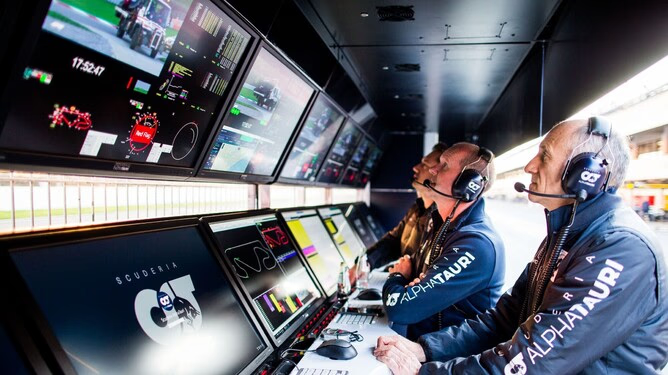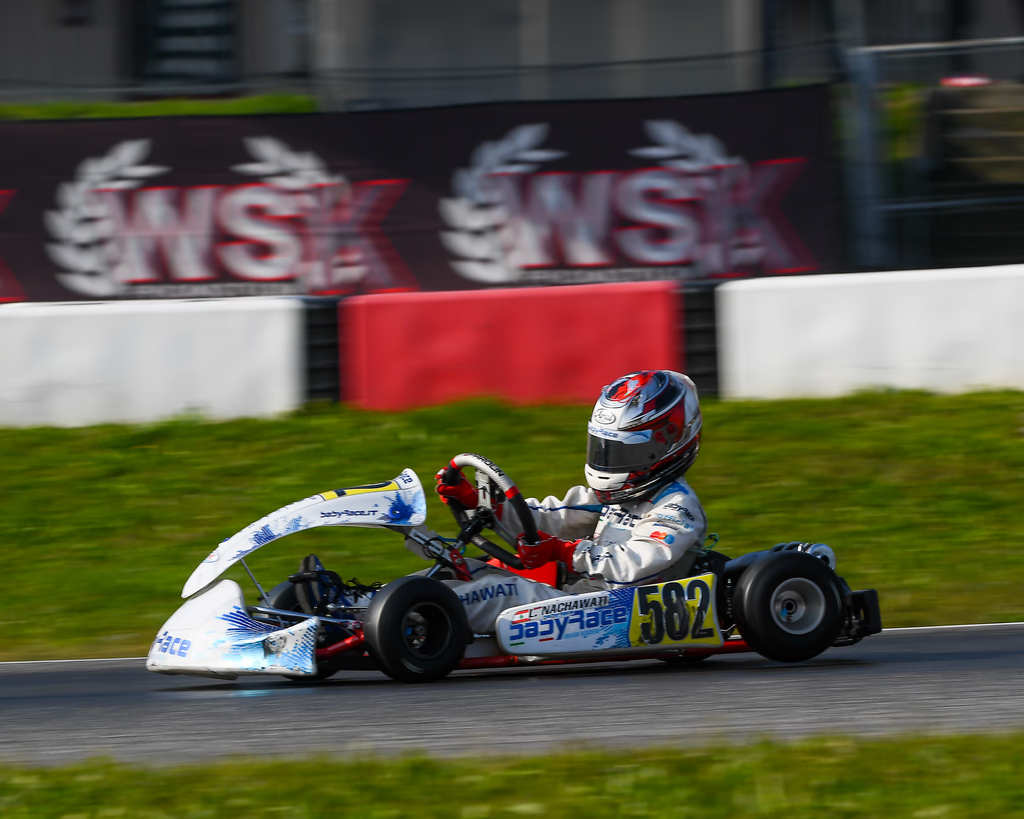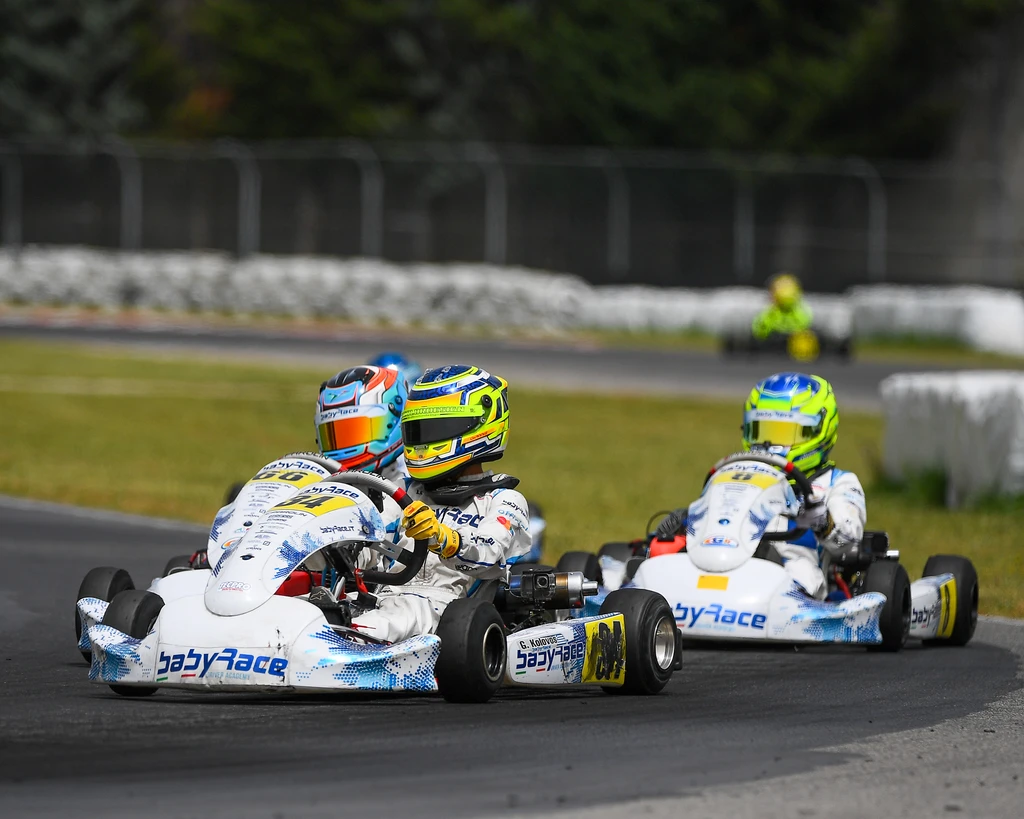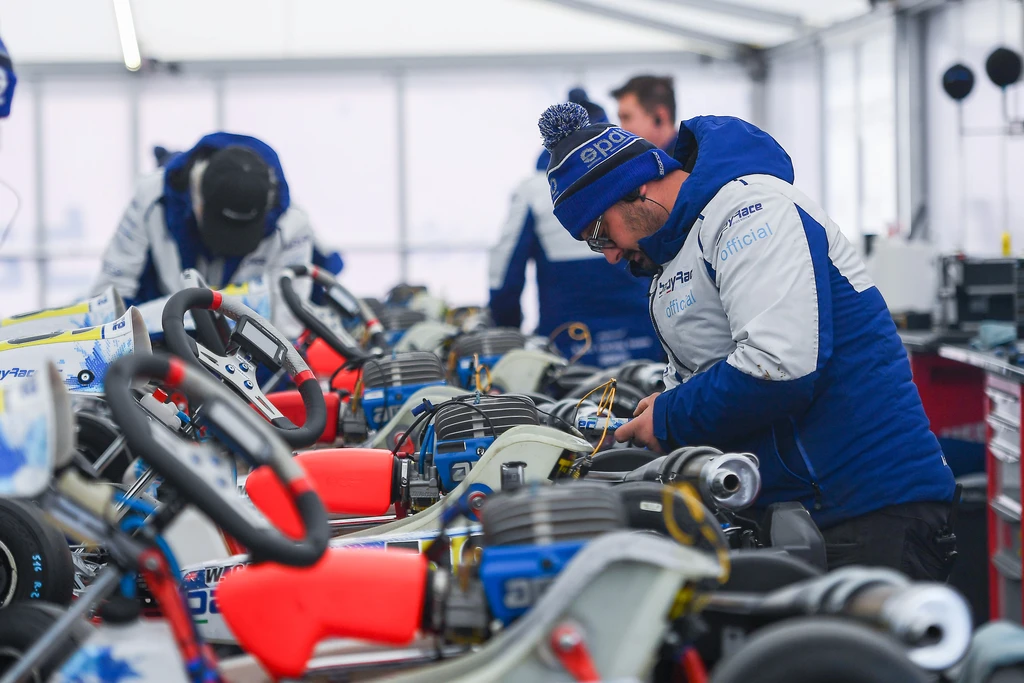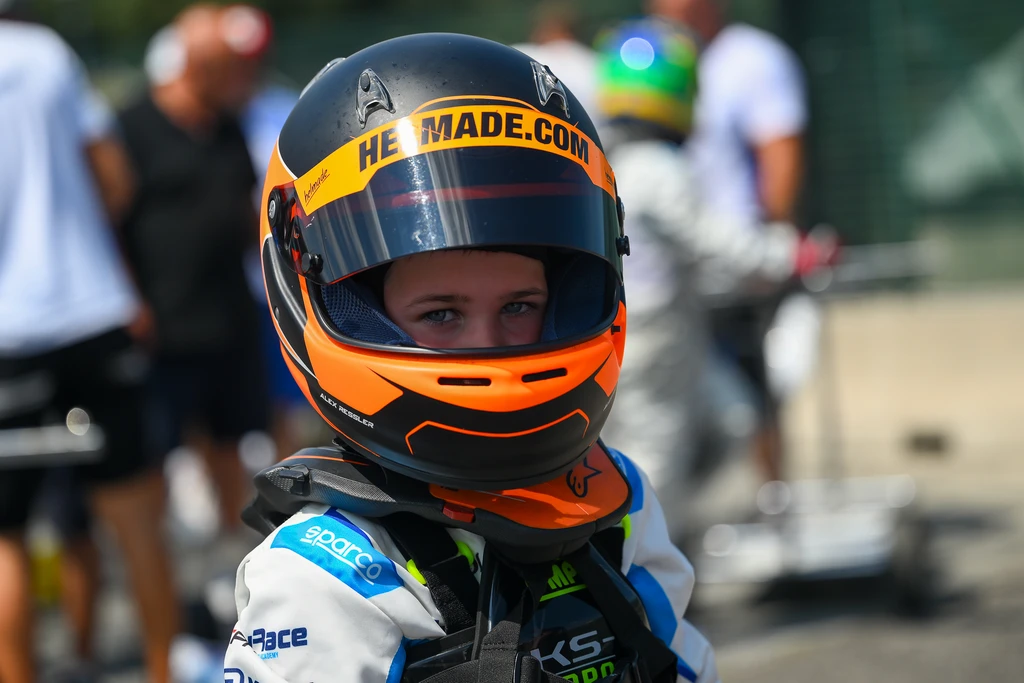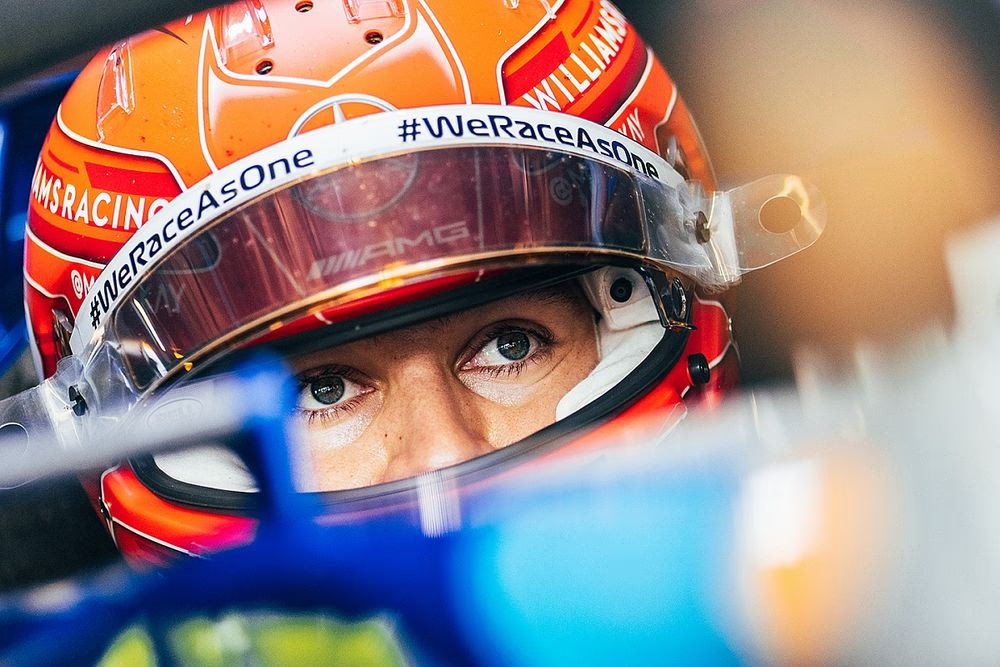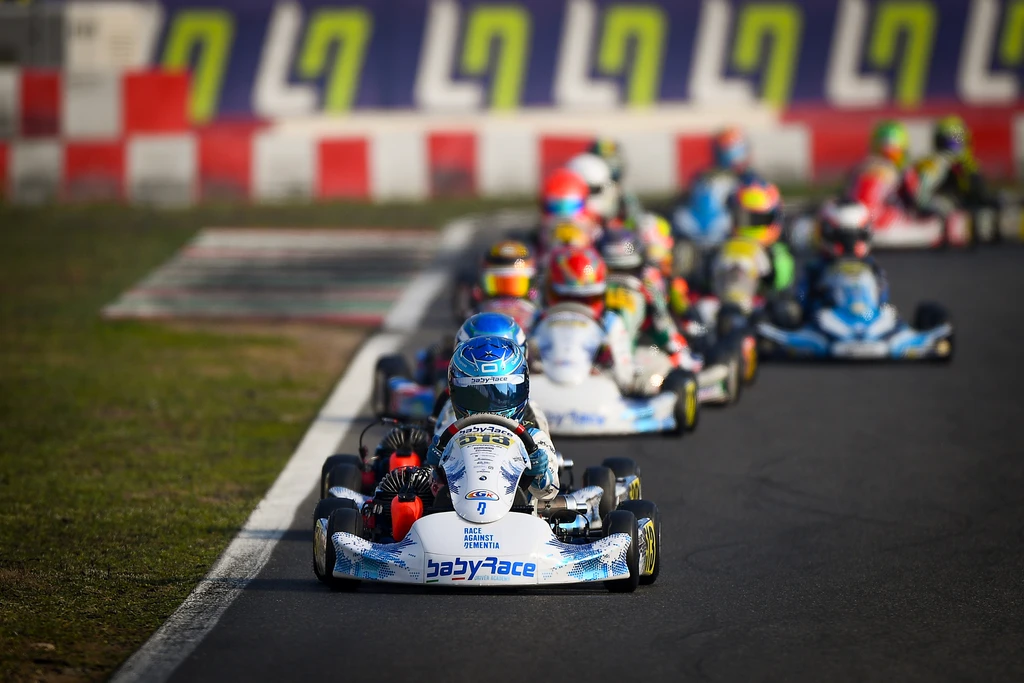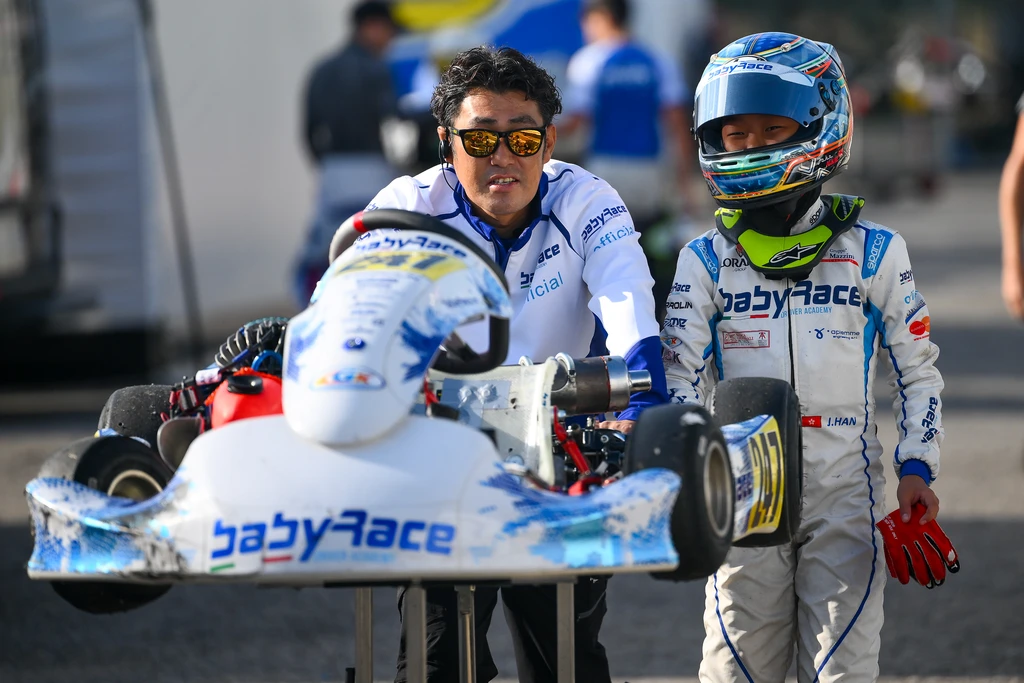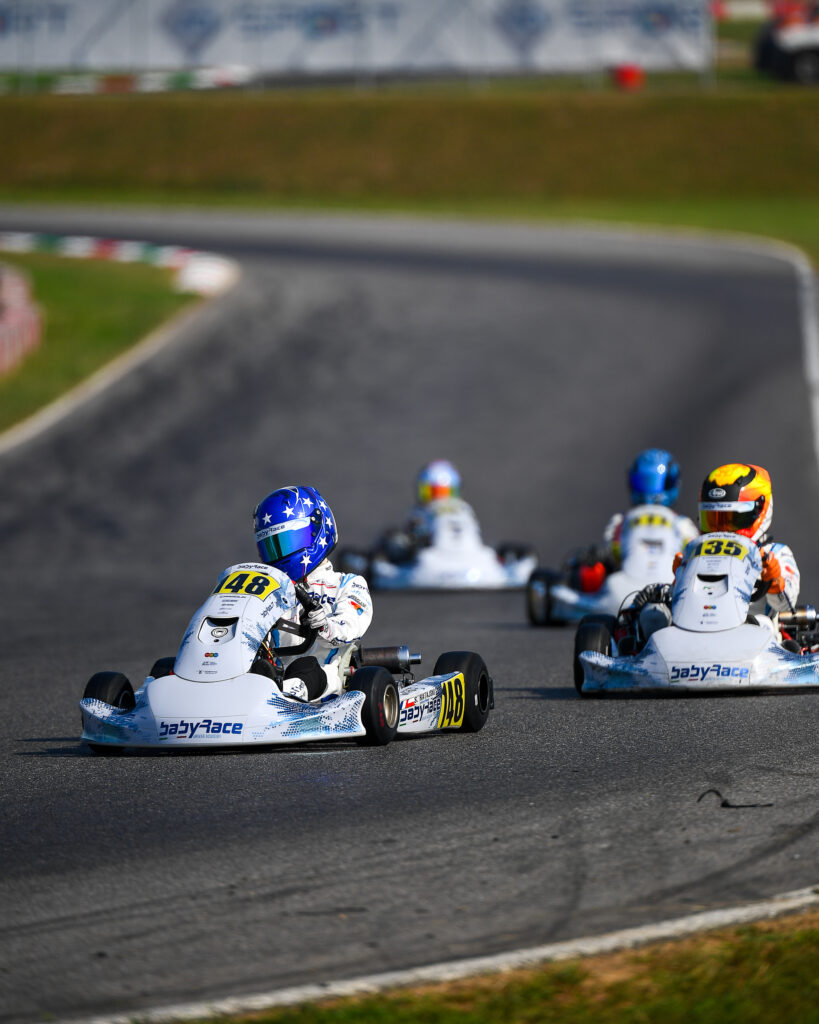
Let me be straight with you.
There’s one mistake nearly every driver makes: braking too early.
It sounds small, but it’s not. Braking just a few meters too soon can cost you two or three tenths per lap.
On tracks with heavy braking zones like Franciacorta, Zuera or Sarno?
That can turn into four or five tenths. And in championships like WSK or FIA races, that’s the difference between fighting for the win… and not even making the final.
That’s how brutal it is.
Why Early Braking is Such a Killer
When you brake too early, two things happen:
- You give away lap time for free.
- You never actually find the real limit.
Sure, it feels safe. You’re not locking up, you’re not running wide.
But here’s the truth: karting isn’t about being safe!
It’s about being right on that razor edge where you think, “I’m about to miss the corner.”
That’s where lap time is.
Step 1: Use Data and Teammates
If you’ve got strong teammates, watch them. Compare their braking points to yours.
If they’re going two meters deeper, that’s your new target.
And if the track is getting faster, you want to push even further.
Don’t just rely on feel — check the data, review the video, and learn from it.
But remember, data only tells you so much,. Aaaand..it’s always a lagging indicator (you can only check it afterwards).
You’ve got to build the feeling too. So you can adjust your driving from lap to lap.
Step 2: Train the Feeling of “Too Late”
Here’s the golden rule I teach my drivers:
If you’ve never gone past the limit on the brakes, you’ve never actually found it.
It’s better to brake too late once, miss the apex, and adjust than to spend the whole weekend thinking, “I could have braked later.”
That thought means you left meters on the table, and in karting, five meters is massive.
I’d rather my drivers over-push once and then bring it back. For real!
That’s how you dial in the perfect braking point.
Step 3: Use References (When You Can)
In cars, you’ve got big braking boards — 50m, 100m, 150m.
In karting, it’s not that easy. You need to be creative. In fact I barely use any references to brake. It just comes by feeling. As late as I can, while still making the corner (and the apex 😉 ).
In some obvious cases though, curbs, marks on the tarmac, even cracks or shadows — these can all be your braking references.
But most of the time, you’ll need to rely on feel. Believe me…
That’s why practicing this skill matters so much.
Step 4: Maximum Effort First
This one’s key.
If you brake with 60% effort and then roll into the corner, you’ll never find the real braking point.
You’ve got to hit maximum pressure right away, locking up in most cases. And still holding on.
Then keep holding it, and only release when you’re deep into the corner. That’s where precision comes from.
Rolling in too early is a bad habit. It feels smooth, it’s withing your comfort zone, but it’s slow!
The only time rolling speed works is in high-grip, fast-flow tracks like La Conca.
On most circuits though, especially with 180° corners, rolling (AKA coasting) will ruin your lap.
Step 5: Keep Your Kart in Check
Sometimes it’s not just you. If your kart doesn’t let you brake as late as the others, something’s wrong.
- Check your brake system for air.
- Replace worn pads or discs.
- Put on new tires when needed.
At high-level racing, everything needs to be spot on.
A tiny mechanical issue can make it impossible to match your rivals under braking.
A Personal Note: My Street Circuit Lesson
I’ll never forget racing in Pau, a tight street track in Formula 3. You can’t afford to miss your braking point there — one lock-up and you’re in the wall.
That weekend, I learned a valuable lesson: in cars, you don’t always get a second chance.
But in karting, you do. And that’s a massive privilage to have.
So you can outbrake yourself as much as possible until you cross the limit and then you bring it back a bit.
But without any damages and a big bill to pay as if you went up straight into the wall.
That’s why I always tell my drivers, don’t waste the opportunity.
Over-push in practice, find the limit, and then bring it back for the race (if needed).
Final Thoughts: Be Brave on the Brakes
Braking is where races are won and lost.
That’s where the aliens make the difference.
You think Verstappen is an early braker? Or Leclerc?
If you brake early, you’ll always be average. Period.
If you brake late, push the limit, and then refine it, you’ll find those crucial tenths that separate champions from the rest.
So next time you hit the track, ask yourself:
Am I playing it safe, or am I finding the edge?
The choice is yours.

